Do You Really Need a Life Jacket for Shoreline Fishing?
Fishing from the shoreline might seem like one of the safer ways to enjoy the sport—after all, you’re not in a boat or wading through deep water. This perceived safety often leads anglers to question whether life jackets are truly necessary when fishing from the bank, pier, or other shoreline locations. While it’s true that shoreline fishing eliminates some risks associated with boating, water safety should never be taken lightly. Unexpected situations can arise even in seemingly safe environments, and being prepared can make the difference between a close call and a tragedy. In this comprehensive guide, we’ll explore the various factors to consider when deciding whether to wear a life jacket during shoreline fishing adventures, helping you make an informed decision that prioritizes both enjoyment and safety.
Understanding the Risks of Shoreline Fishing
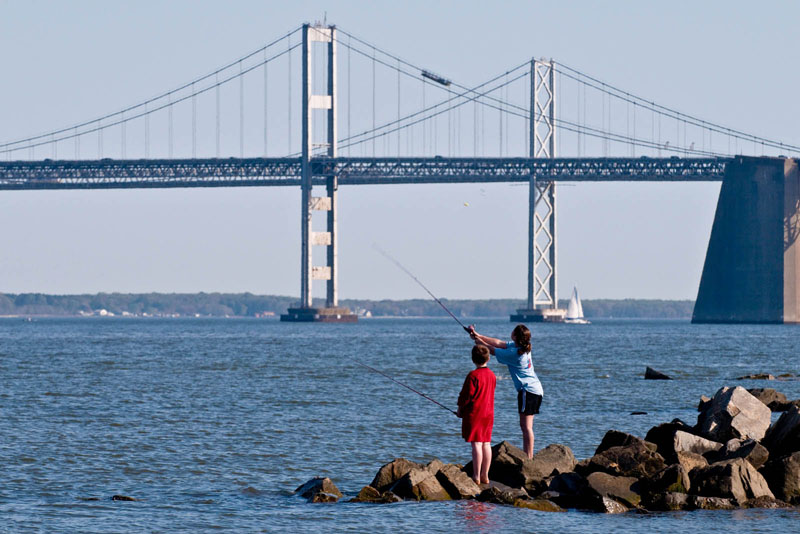
Shoreline fishing may appear relatively safe compared to fishing from boats, but it comes with its own set of risks that many anglers underestimate. Slippery rocks, unstable banks, and unexpected drop-offs can create hazardous conditions even for experienced fishermen. According to drowning statistics, a significant number of fishing-related fatalities occur when anglers unexpectedly fall into the water from shorelines, not just from boats. Weather conditions can rapidly change, causing water levels to rise or creating dangerous currents near the shore. Additionally, focusing intensely on fishing can reduce your awareness of surrounding dangers, making accidents more likely when your attention is diverted to landing that prized catch.
Legal Requirements for Life Jackets While Shore Fishing
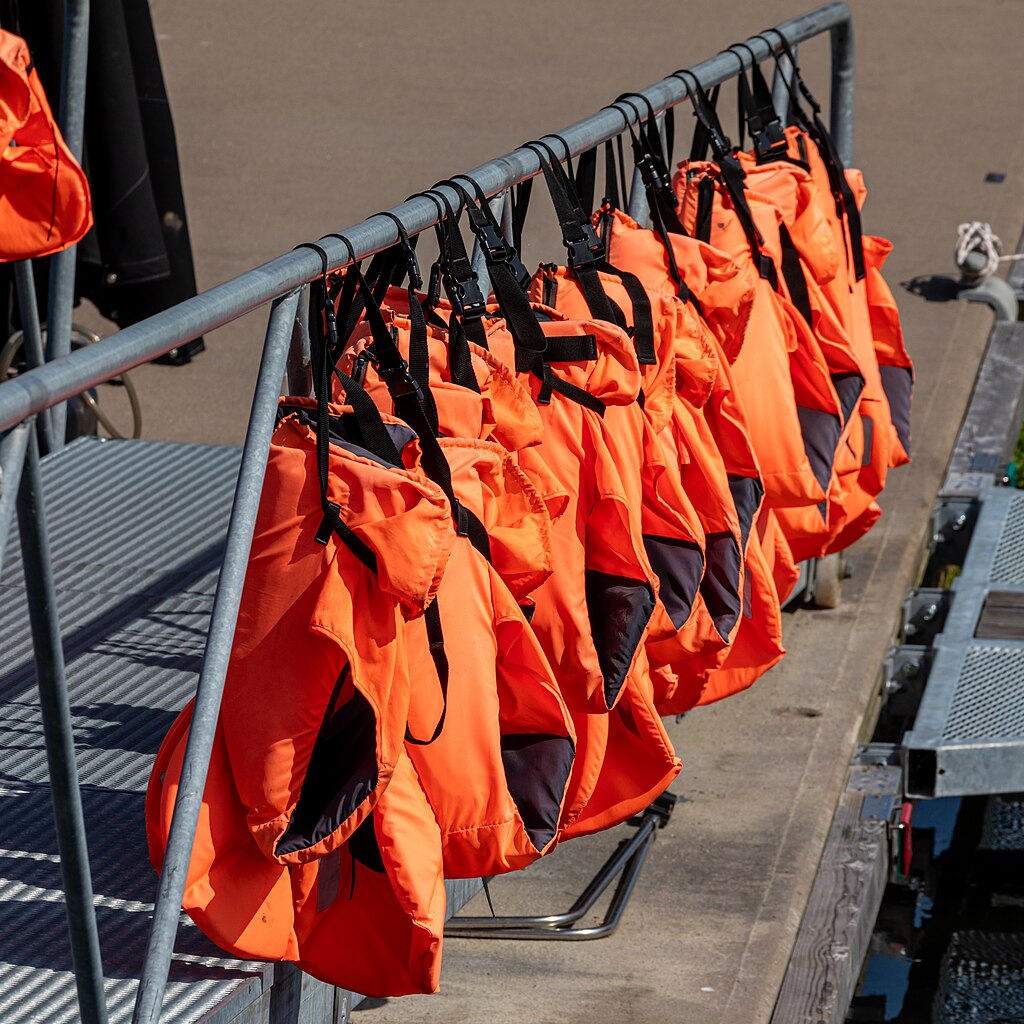
Unlike boating, where life jacket regulations are clearly defined in most locations, the legal requirements for shoreline anglers vary significantly. Most jurisdictions don’t explicitly require adults to wear life jackets when fishing from shore, leaving the decision to individual judgment. However, some areas with particularly dangerous conditions may post specific regulations requiring personal flotation devices (PFDs) even for shore-based activities. Children accompanying adults on fishing trips often face stricter requirements, with many states mandating life jackets for minors near water regardless of the activity. Before heading out, it’s always advisable to check local regulations through your state’s fish and wildlife department or parks service to ensure compliance with any area-specific rules.
Assessing Your Swimming Abilities
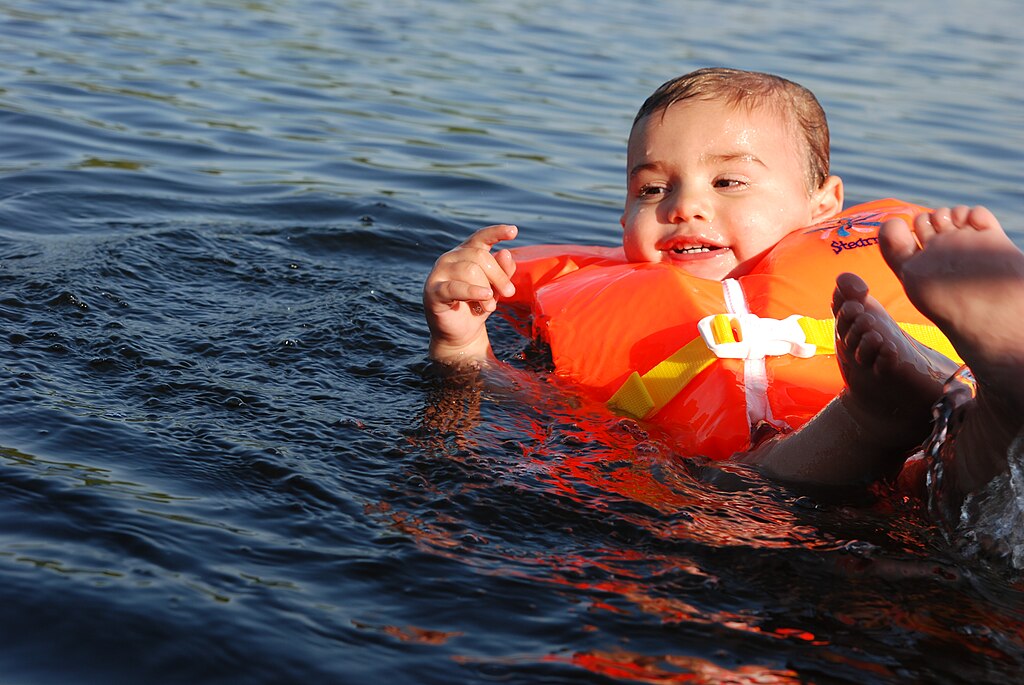
An honest evaluation of your swimming capabilities should play a crucial role in your decision about wearing a life jacket. Even strong swimmers can struggle when unexpectedly plunged into cold water, especially when wearing heavy clothing or waders that quickly become waterlogged. The shock of sudden immersion can trigger a gasping reflex that leads to water inhalation, compromising even excellent swimming skills. Conditions like currents, underwater obstacles, and water temperature dramatically affect swimming ability in ways that pool swimming doesn’t prepare you for. If you haven’t actively maintained your swimming skills or have any physical limitations, the added security of a life jacket becomes even more important during shoreline fishing excursions.
Specific Shoreline Conditions That Warrant Life Jackets

Certain shoreline environments present significantly higher risks that make life jackets strongly advisable regardless of swimming ability. Rocky coastlines with crashing waves can quickly sweep an angler into deep water if a larger-than-expected wave arrives. River banks with fast currents pose particular dangers, as even shallow-looking water can exert tremendous force that makes self-rescue nearly impossible. Fishing from structures like jetties, breakwalls, or elevated piers increases fall distance and often places you above deeper water with difficult exit points. Areas with steep drop-offs or underwater ledges create situations where you might unexpectedly step from shallow to deep water. Recognizing these higher-risk environments should prompt even the most confident anglers to consider wearing a life jacket.
Weather Considerations for Shoreline Safety

Weather conditions significantly impact shoreline fishing safety and should influence your life jacket decision. Strong winds can create unexpected waves or cause loss of balance, particularly on elevated fishing spots like piers or jetties. Approaching storms bring lightning risks and rapidly changing water conditions that might necessitate a quick exit from your fishing spot. Fog can disorient anglers and obscure potential hazards, making navigation back to safety more challenging if you do end up in the water. Even sunny days present risks through heat exhaustion that might impair judgment or cause fainting near water. Checking weather forecasts before heading out and being willing to adjust your safety equipment based on changing conditions represent an essential part of responsible shoreline fishing.
Modern Life Jacket Options for Anglers

Today’s life jackets bear little resemblance to the bulky, uncomfortable models that many anglers remember from childhood. Inflatable belt packs and suspender-style PFDs offer minimal bulk while providing emergency flotation when needed, addressing the primary comfort concern that deters many fishermen. Purpose-designed fishing life vests include multiple pockets for tackle storage, tool attachments, and even hydration systems, actually enhancing functionality rather than hindering it. Quick-release buckles and adjustable straps ensure proper fit without restricting casting motion or other fishing activities. Some models incorporate cooling technology for hot weather use or additional insulation for cold conditions, making them practical year-round. With so many fishing-specific options available, the old excuses about comfort and convenience no longer justify forgoing this essential safety equipment.
Life Jackets When Fishing with Children
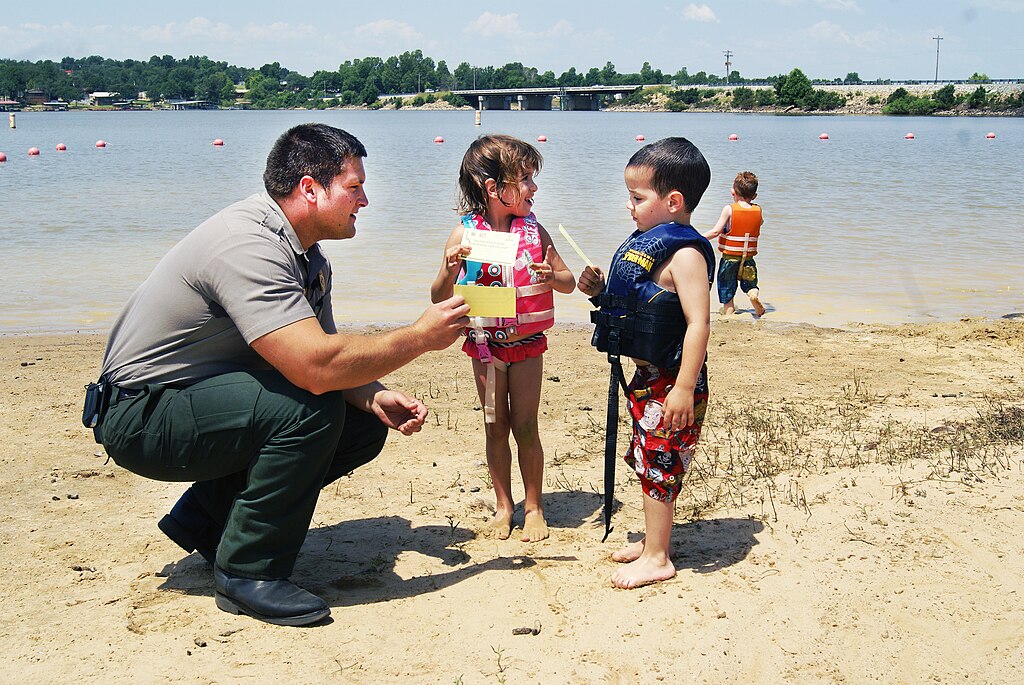
When bringing children along for shoreline fishing, life jackets become non-negotiable safety equipment regardless of the apparent risk level. Children’s natural curiosity and unpredictable movements increase their risk near water, even when closely supervised. Teaching water safety from an early age includes normalizing life jacket use, setting an example by wearing one yourself during fishing trips. Properly fitted children’s life jackets should be Coast Guard-approved and appropriate for the child’s weight and size, with a snug fit that won’t ride up over their face if they enter the water. Remember that a child’s limited swimming skills, combined with potential panic in an emergency, make flotation devices essential even in seemingly calm shoreline fishing environments.
Special Considerations When Wading
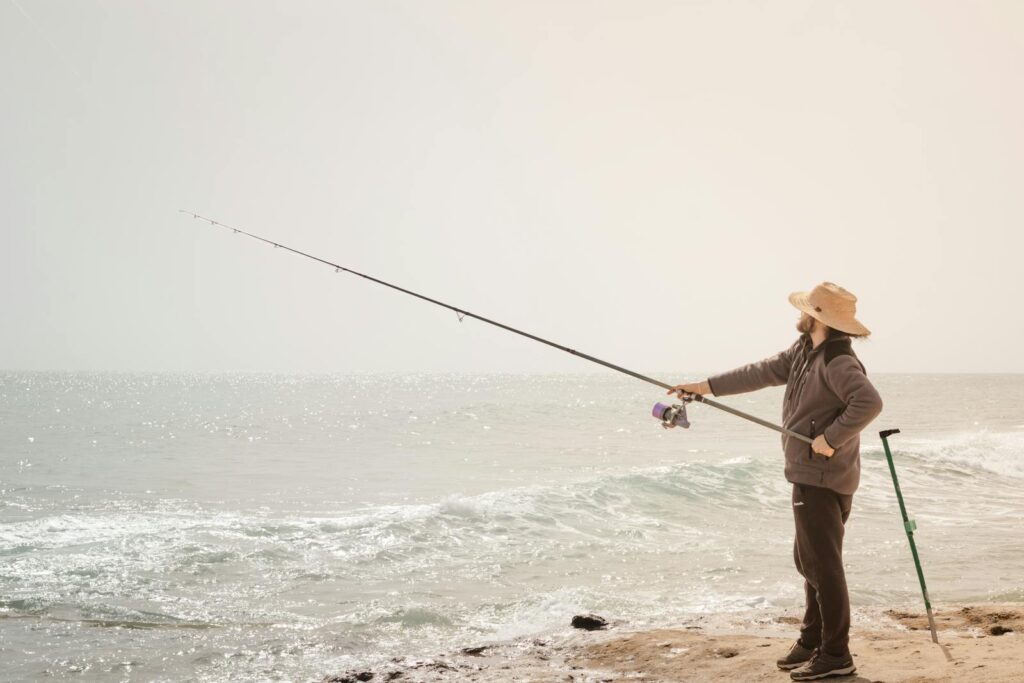
Shore fishing often involves wading out to reach better casting positions, which introduces additional risks that make life jackets particularly important. Wading creates situations where a single misstep on uneven river bottoms or unexpected holes can suddenly put you in deeper water. The additional weight and water resistance of waders can make self-recovery extremely difficult if they fill with water, potentially creating a dangerous situation even for strong swimmers. Specialized inflatable fishing vests designed for wading anglers provide crucial buoyancy while maintaining mobility for casting and moving through water. Even in shallow areas that seem perfectly safe, underwater currents, slippery surfaces, and hidden obstacles make wading one of the highest-risk activities in shoreline fishing, strongly warranting life jacket use.
Night Fishing Safety Protocols

Shoreline fishing after dark introduces additional safety concerns that make life jackets even more important than during daylight hours. Reduced visibility makes it difficult to identify hazards like sudden drop-offs, slippery areas, or approaching waves that might ordinarily be easily avoided. Emergency response and rescue become more challenging at night, extending the time you might need to stay afloat if an accident occurs. Many modern fishing life jackets include reflective material or attachment points for small lights that increase visibility to others in emergencies. Combining a properly fitted life jacket with other night safety gear like headlamps, whistles, and informing others of your location creates a comprehensive safety approach for nocturnal shoreline fishing adventures.
Solo Fishing Safety Considerations

Fishing alone from shorelines significantly increases risk factors and makes life jacket use particularly advisable, regardless of conditions or skill level. Without companions to assist in an emergency, self-rescue becomes your only option if you fall into the water unexpectedly. Medical emergencies like heart attacks, seizures, or fainting can happen to anyone regardless of age or health status, potentially resulting in water entry while unconscious. Wearing a life jacket provides crucial time for self-recovery or increases survival time until help arrives if you’re incapacitated. Solo anglers should consider combining life jacket use with other safety practices like sharing their fishing location with others, carrying communication devices, and choosing lower-risk fishing areas when venturing out alone.
Seasonal Water Temperature Risks
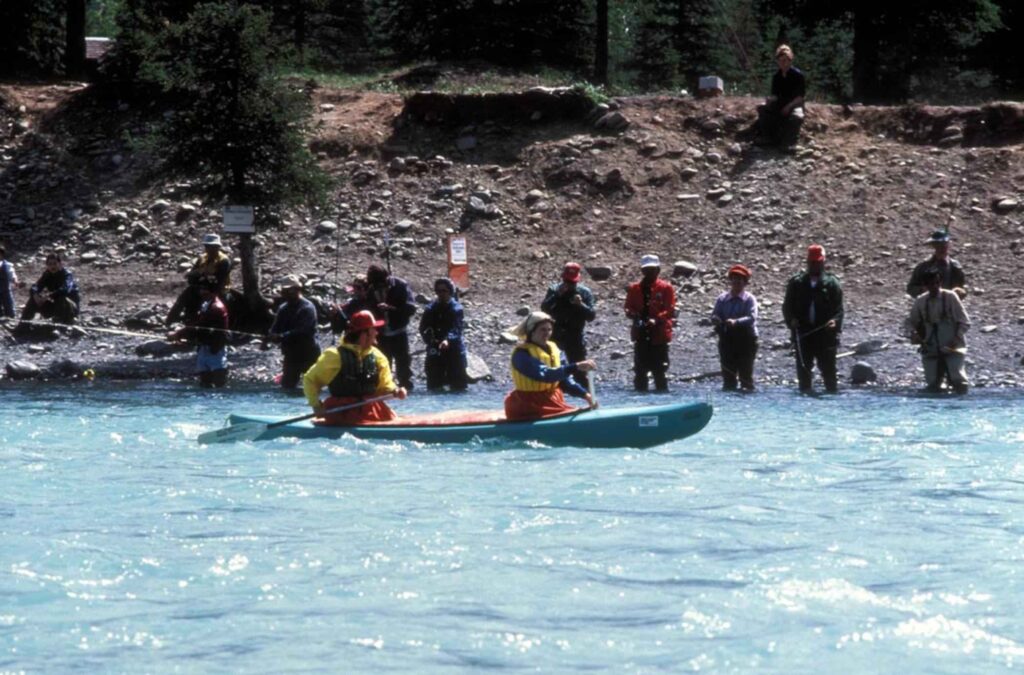
Water temperature dramatically impacts survival chances after immersion and should heavily influence your life jacket decision throughout the year. Cold water immersion can trigger an immediate gasping reflex and rapid onset of cold water incapacitation, making self-rescue difficult even for excellent swimmers. Spring and fall fishing often coincides with deceptively dangerous water temperatures—air might feel warm while water remains dangerously cold from winter or recent rainfall. Even in summer, many lakes and rivers maintain cold depths that can shock the system if you unexpectedly enter deeper water. The insulating properties of quality life jackets provide valuable protection against cold water effects, extending survival time and maintaining mobility during the critical first minutes after unexpected immersion.
Maintaining and Caring for Your Fishing Life Jacket

Owning a life jacket offers no protection if it’s not properly maintained and readily available during your fishing trips. Regular inspection for damage, wear, or compromised buoyancy ensures your PFD will function as intended during an emergency. Inflatable models require special attention, including checking gas canisters, inflation mechanisms, and performing recommended maintenance according to manufacturer schedules. Proper storage away from direct sunlight, chemicals, and excessive heat preserves materials and extends the useful life of your investment. Testing your life jacket’s performance in controlled conditions helps develop familiarity with how it feels and functions, potentially reducing panic if you ever need it in an emergency. Remember that even the highest quality life jacket only provides protection when it’s worn, making the habit of putting it on before approaching the water the most important maintenance practice of all.
Making the Right Decision for Your Fishing Circumstances
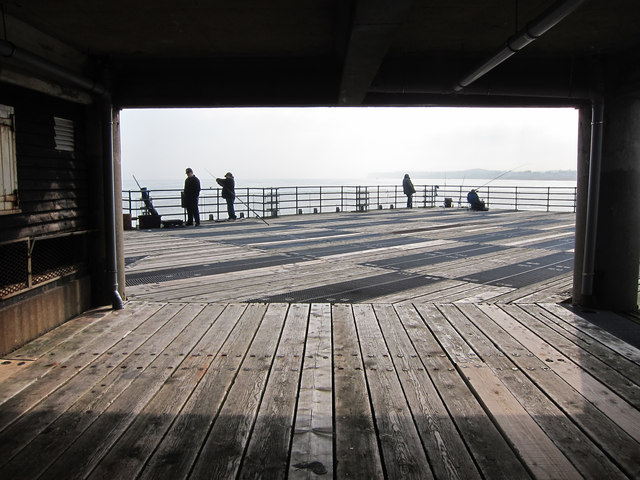
The ultimate decision about wearing a life jacket while shore fishing comes down to an honest risk assessment of your specific situation. Consider combining factors like location conditions, weather, your swimming ability, whether you’re alone or with others, and whether children are present. Remember that wearing a life jacket represents a minor inconvenience compared to the potentially life-saving benefit it provides during unexpected emergencies. Modern fishing-specific PFDs address most comfort and functionality concerns, removing legitimate obstacles to regular use. Many experienced anglers adopt a simple rule: if you’re within a body length of water deep enough to submerge your face, wearing a life jacket makes sense regardless of other factors. Prioritizing safety doesn’t diminish the enjoyment of fishing—rather, it provides peace of mind that allows fuller appreciation of the experience.
Conclusion
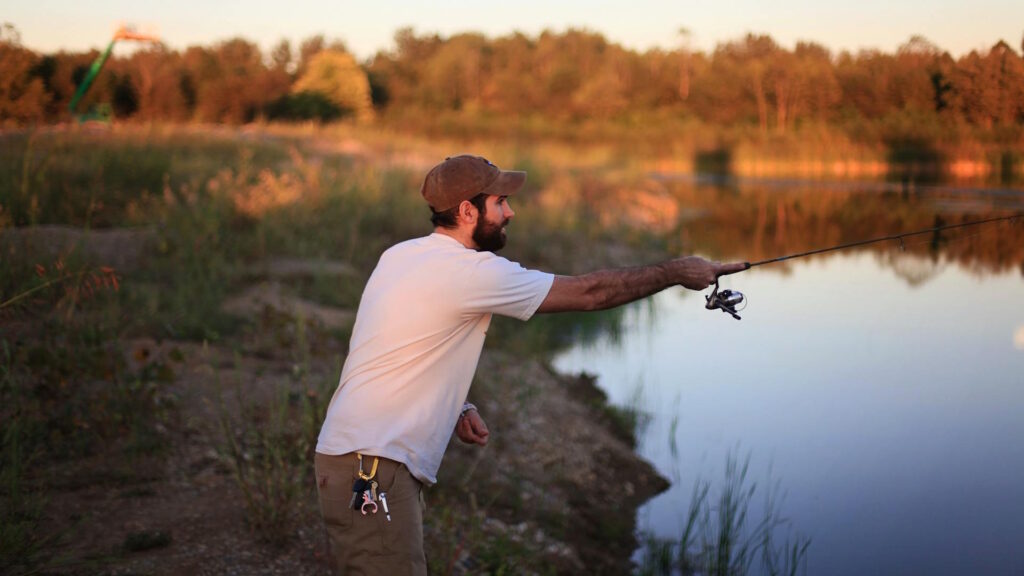
While shoreline fishing may seem relatively safe compared to other water activities, the unexpected can happen to anyone regardless of experience or skill level. Modern life jackets designed specifically for anglers offer comfort, convenience, and potentially life-saving protection with minimal drawbacks. Rather than viewing life jackets as optional or unnecessary equipment, consider them essential safety gear that deserves the same consideration as your fishing license or favorite rod. By realistically assessing risk factors and choosing appropriate safety equipment, you can enjoy the relaxation and excitement of shoreline fishing while ensuring you’ll return home safely at day’s end. Remember, the best anglers aren’t just skilled at catching fish—they’re also committed to responsible practices that protect themselves and those who join them on their fishing adventures.
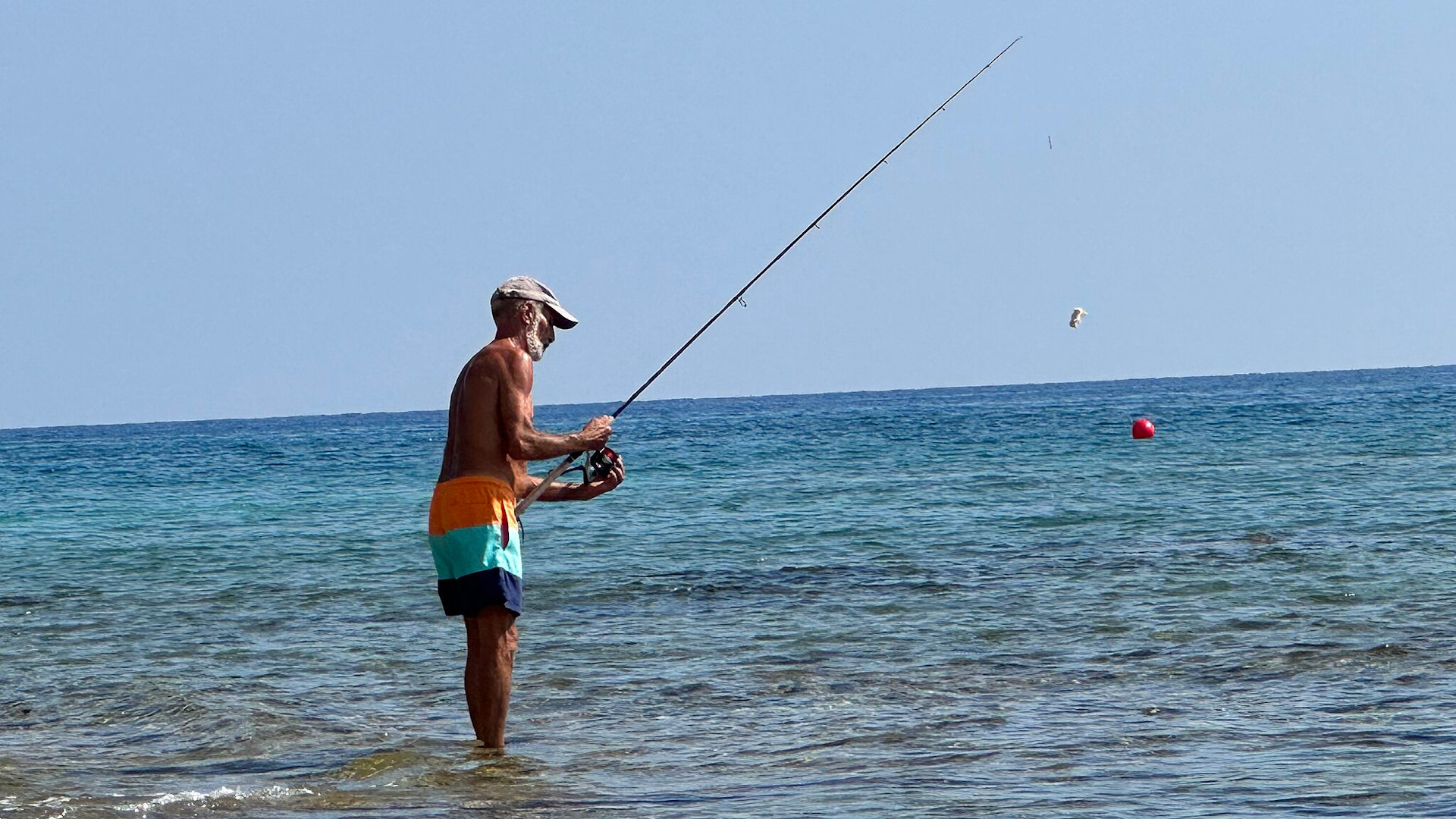
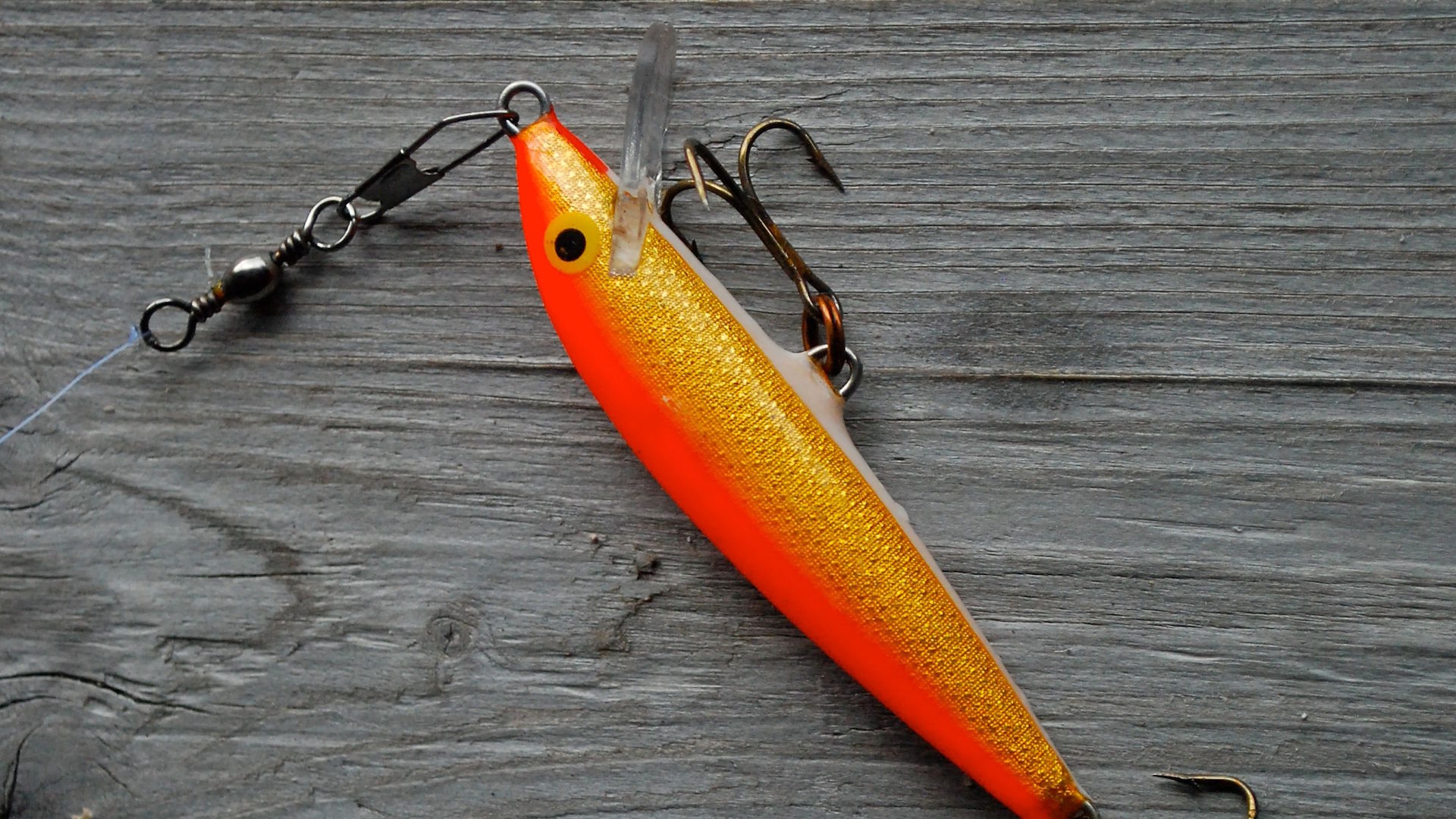












Post Comment